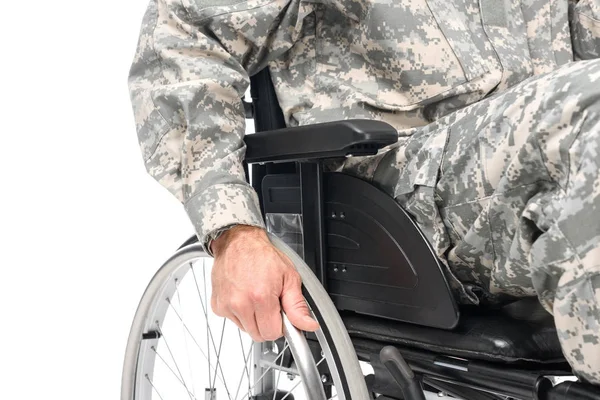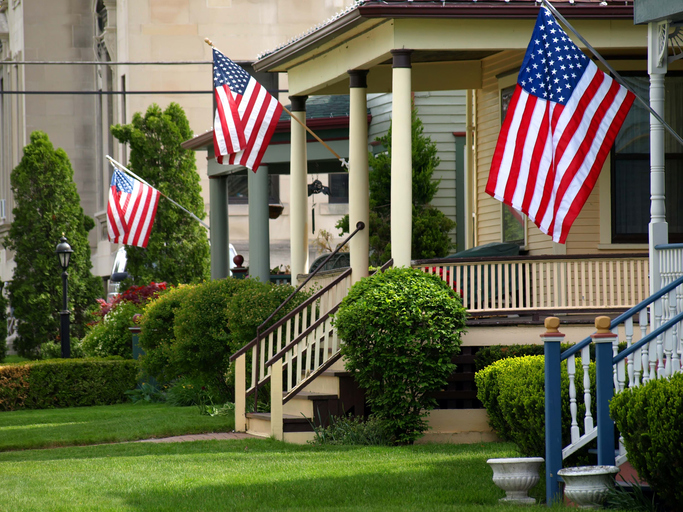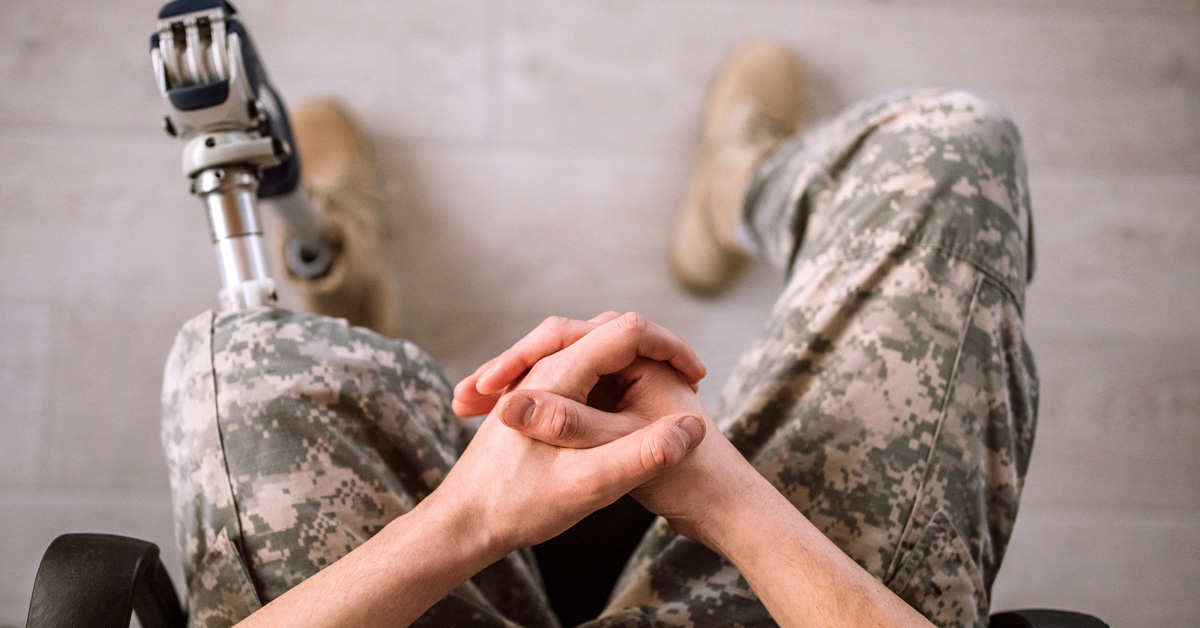Resources For Veterans
It is our honor to serve those who served! There are lots of programs available within the Veterans Administration (VA) for disabled veterans. Below is a quick overview, click on any of the links to learn more.

VA HISA
Home Improvement and Structural Alterations is a grant program run by the VA Prosthetics department and offers veterans coverage for home remodeling projects to accommodate disability. If the Veteran is 0-20% service connected disabled, they can qualify for up to $2000 in grant funds. For anyone who is over 20% service connected disabled, they can access up to $6800 in funding.
HISA funds can only be used for structural remodeling, like door widenings, tub to shower conversions or a constructed permanent ramp (wood or concrete).
How to Get Started:
- Start by filling out the HISA packet and getting it signed by your primary care doctor at the VA attesting to the medical necessity of the requested modifications.
- Obtain 2-3 bids from approved VA contractors (like us!) for the proposed scope of work to make sure they are all bidding “apples to apples”
- Turn in all paperwork to your purchasing agent at the VA and they will help guide the decision making process and issue an authorization to start work.
- Any expenses above what the grant covers will need to be paid privately. The VA does not reimburse any work completed without an authorization.
VA SAH/SHA
Specially Adapted Housing or Special Home Adaptations is another grant program provided by the Veterans Administration. This grant has slightly different requirements to qualify for, such as a service connected amputation, loss of sight, paralysis, or ALS diagnosis. The grant amount usually increases each year, but currently sits around $121,000 and $23,000 respectively SAH/SHA funds can be used for anything in the home that makes it accessible, including ramps, lifts, home remodeling and adaptive technology. There are minimum requirements, like having two forms of egress and an accessible bathroom- but once those are met, the grant can be used to pay for other non-accessibility related home maintenance projects and even applied to the mortgage if desired.
How to Get Started:
- Fill out the application through eBenefits with your DS Logon.
- Only 120 Veterans will be approved for this grant each fiscal year (October 1st to September 30th). If there is not enough funding in the year you’re applying for, you may be eligible in following years.
- If you are approved for one of these grants, you will be assigned a case manager within the VA Home Loan program who will assist you in the rest of the process. You’ll then reach out to VA Approved Contractors (like us!) who will provide a bid for your project and will complete the formal paperwork once you are ready to submit your application.
- Your completed packet will be reviewed by a team of people at the VA to make sure all requirements are met. Once approved, the work can begin on your project. You can repeat this process up to four times or until all funds have been used up or the veteran passes away.


VA PROSTHETICS
This is a program within the Veterans Administration that will pay for all sorts of medical equipment- from hearing aids to wheelchairs, stairlifts to ramps and more.
The prosthetics department works closely with Occupational Therapists and primary care providers to determine eligibility and ensure medical necessity of the items being requested. There isn’t necessarily a fiscal cap on the equipment allotment for each individual, but is rather approved on an as needed basis. Because there are lots of departments involved in this program, the approval process can take several months or even a year or more, so just remember to be patient.
How to Get Started:
- Make an appointment with your PCP or primary care doctor at the VA. Tell them what equipment you are in need of.
- The doctor will refer you to the Occupational Therapy department who will do their own assessment of needs to determine eligibility. This determination will be sent to the prosthetics purchasing agent, who will send it out to be bid or assigned to different VA contractors (like us!)
- Once all bids are received, or a contractor accepts the assignment, the prosthetics department will issue a Purchase Order (PO) and work can begin on implementing the equipment. Depending on the device being requested, it can still be several weeks or months for it to be custom made and specifically fit to the individual.
- The VA pays the contractor directly for the delivery of the equipment, and it fully becomes the property of the Veteran- but it will still be warrantied and maintained by the VA. It’s a win-win for everyone!
